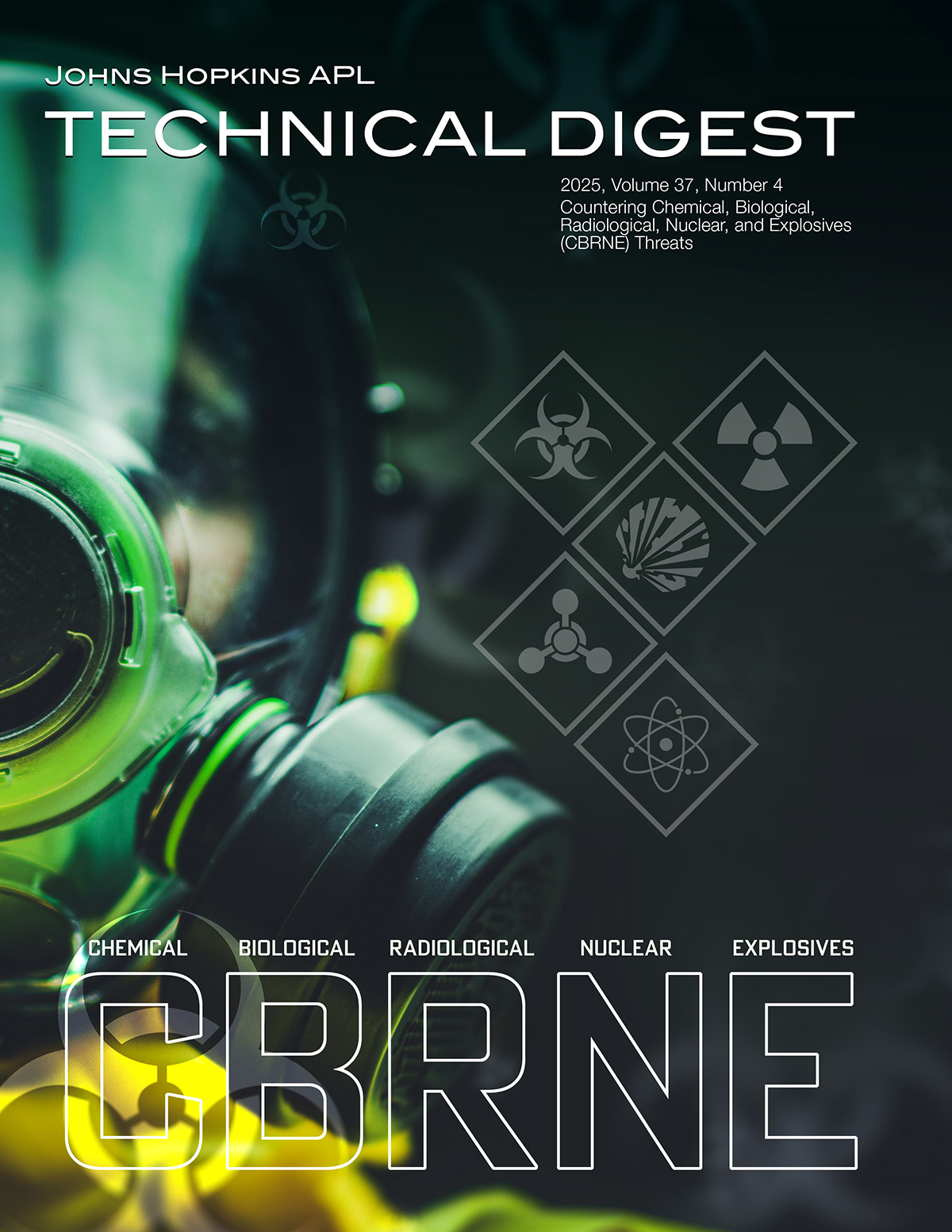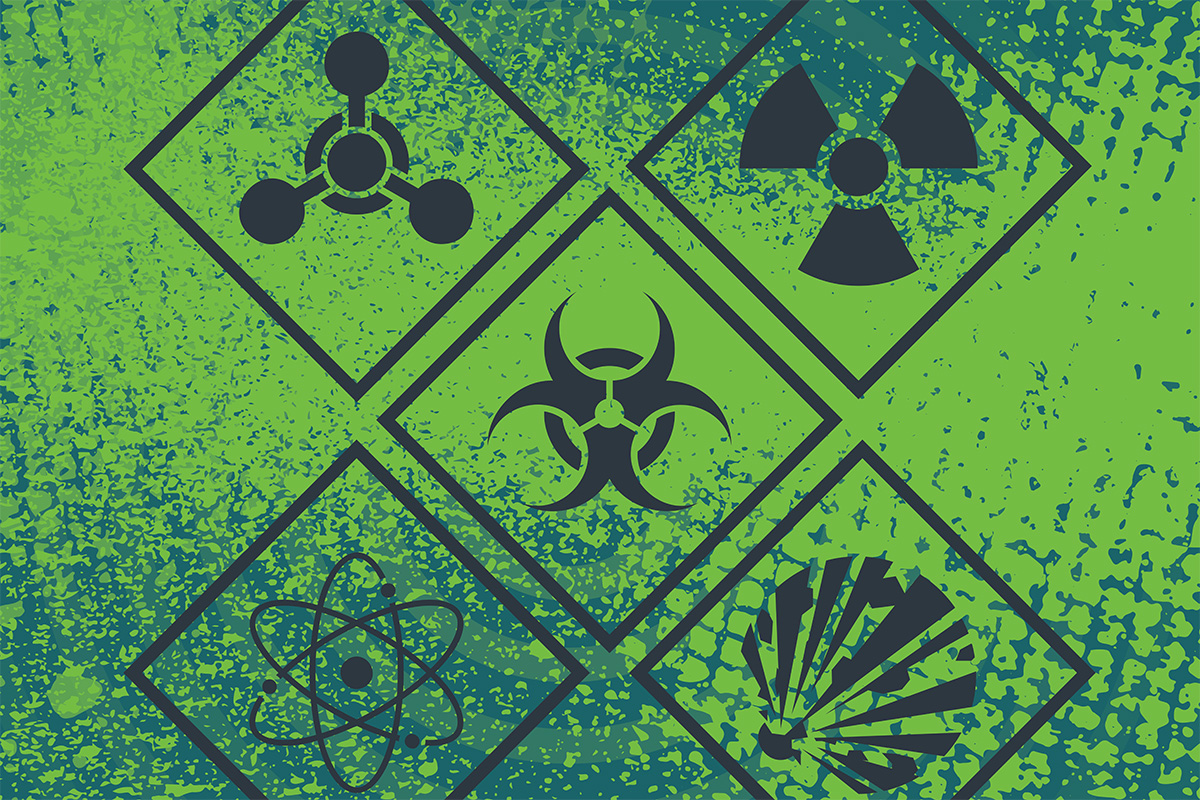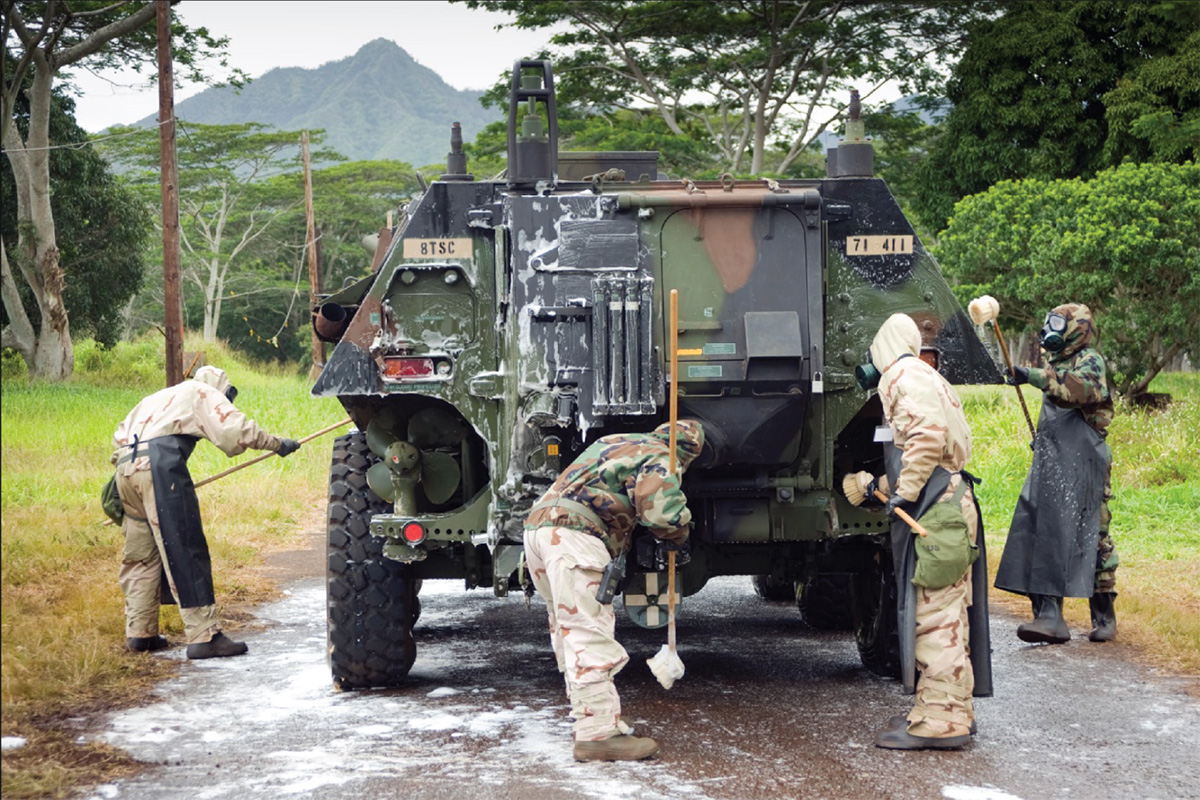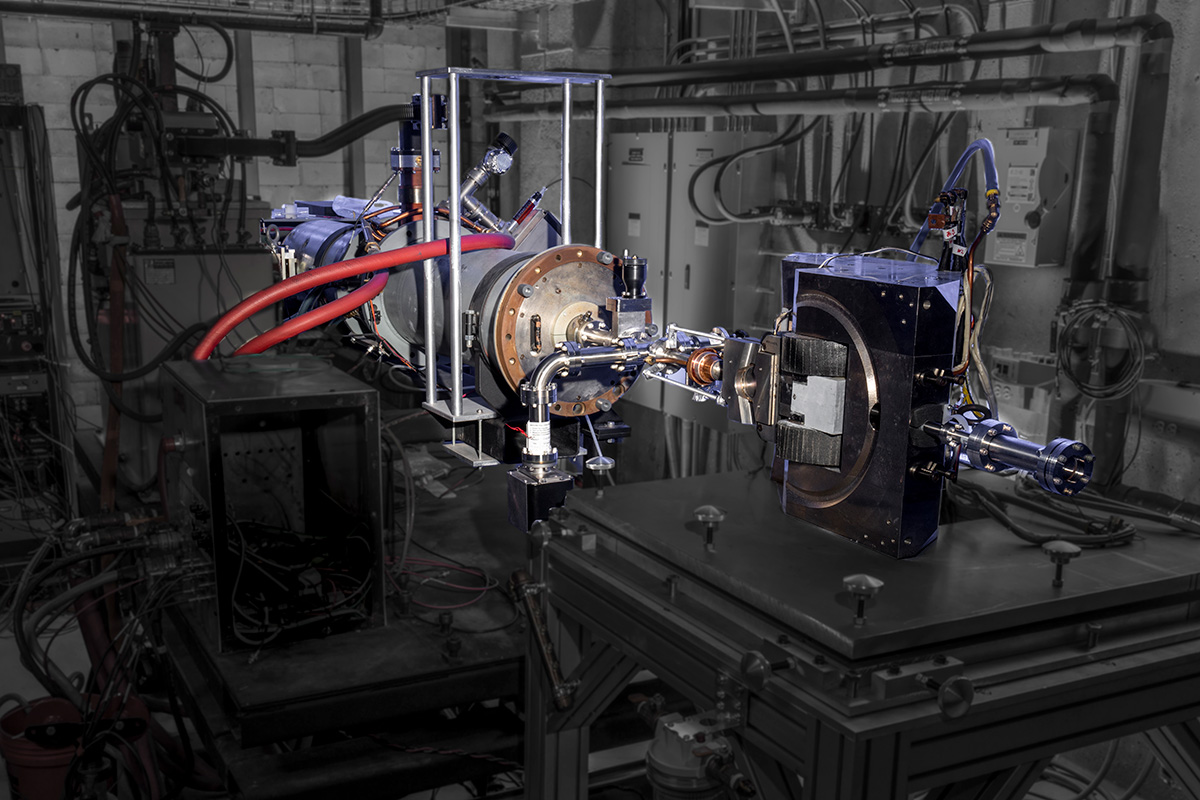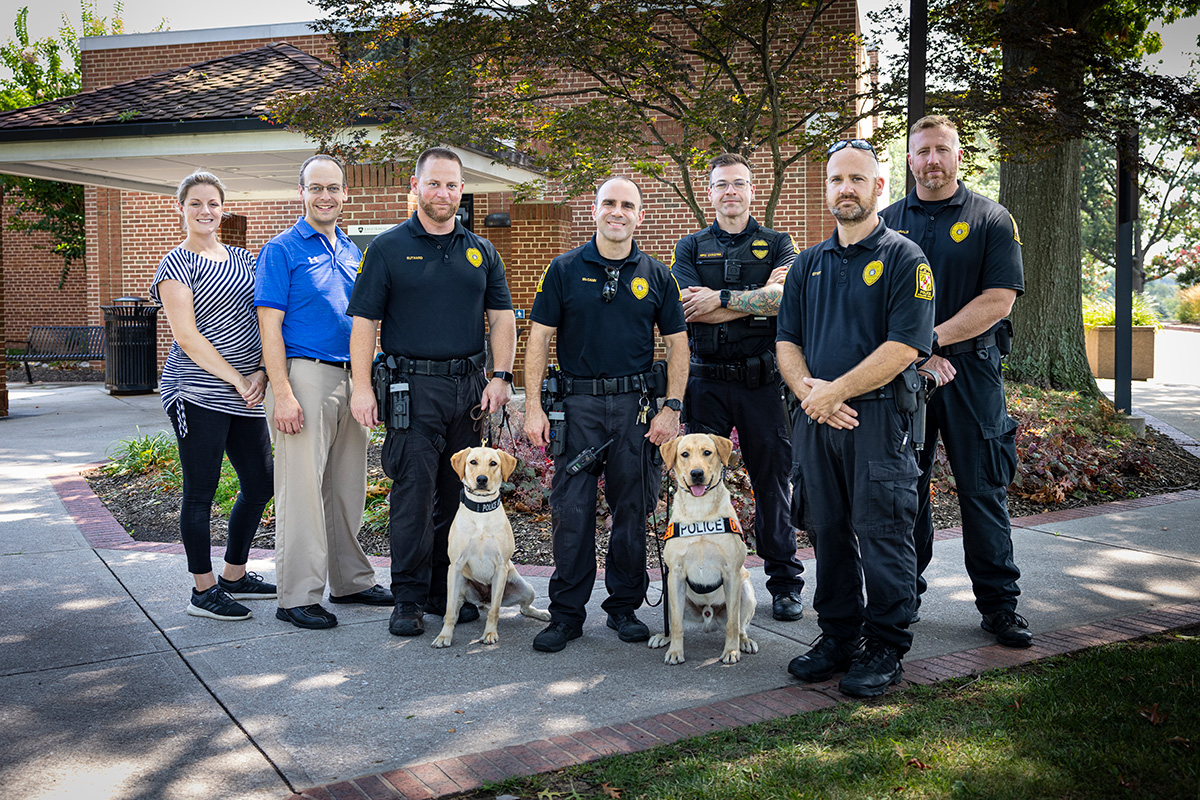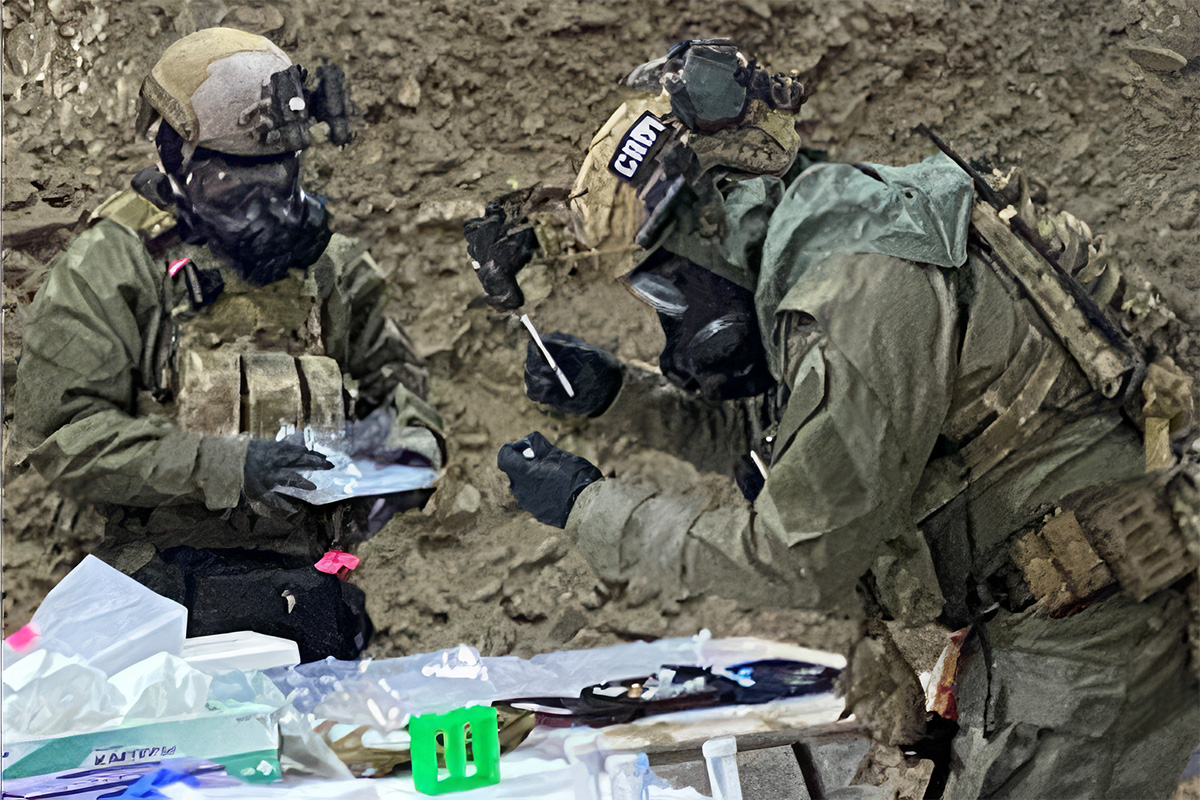Guest Editors’ Introduction: Countering Chemical, Biological, Radiological, Nuclear, and Explosive (CBRNE) Threats
The Johns Hopkins University Applied Physics Laboratory (APL) plays a crucial role in helping the United States anticipate, counter, and prevail against chemical, biological, radiological, nuclear, and explosive (CBRNE) threats. APL researchers create innovative technologies and methodologies that enhance national security and provide decision-makers with actionable intelligence in the face of evolving threats. The counterterrorism and homeland security landscape has dramatically changed since the Johns Hopkins APL Technical Digest last published a comprehensive review on these topics in 2003. In the years since, APL’s expertise has expanded significantly, integrating advancements in artificial intelligence, data analytics, autonomous systems, and sensor technologies to address increasingly sophisticated CBRNE challenges. This issue highlights APL’s latest contributions to detecting, identifying, and mitigating CBRNE threats to strengthen national and global security.
